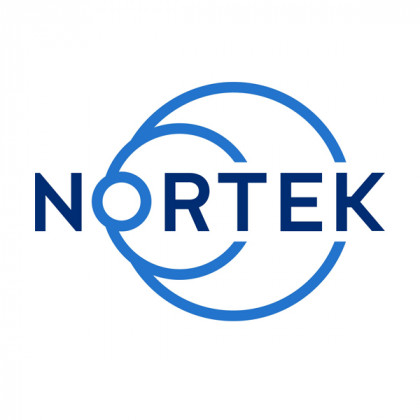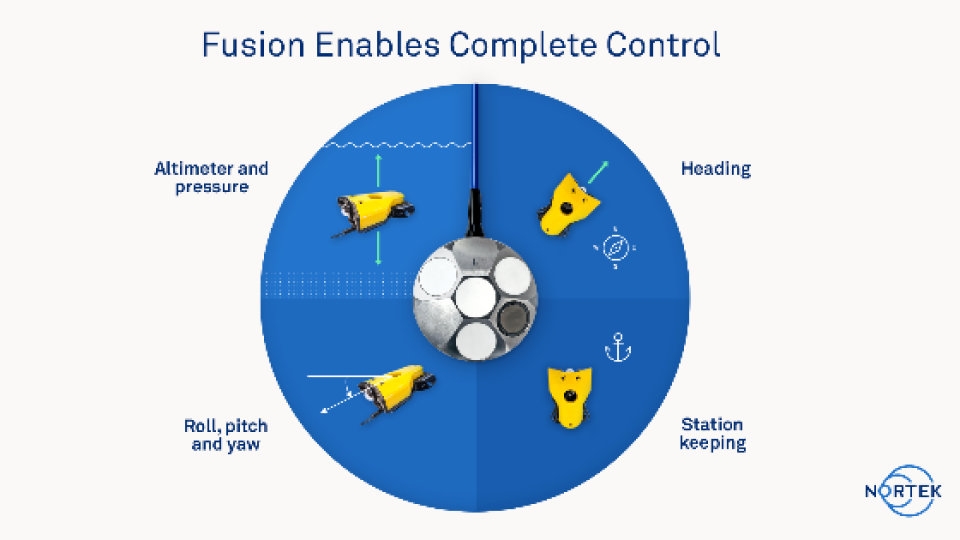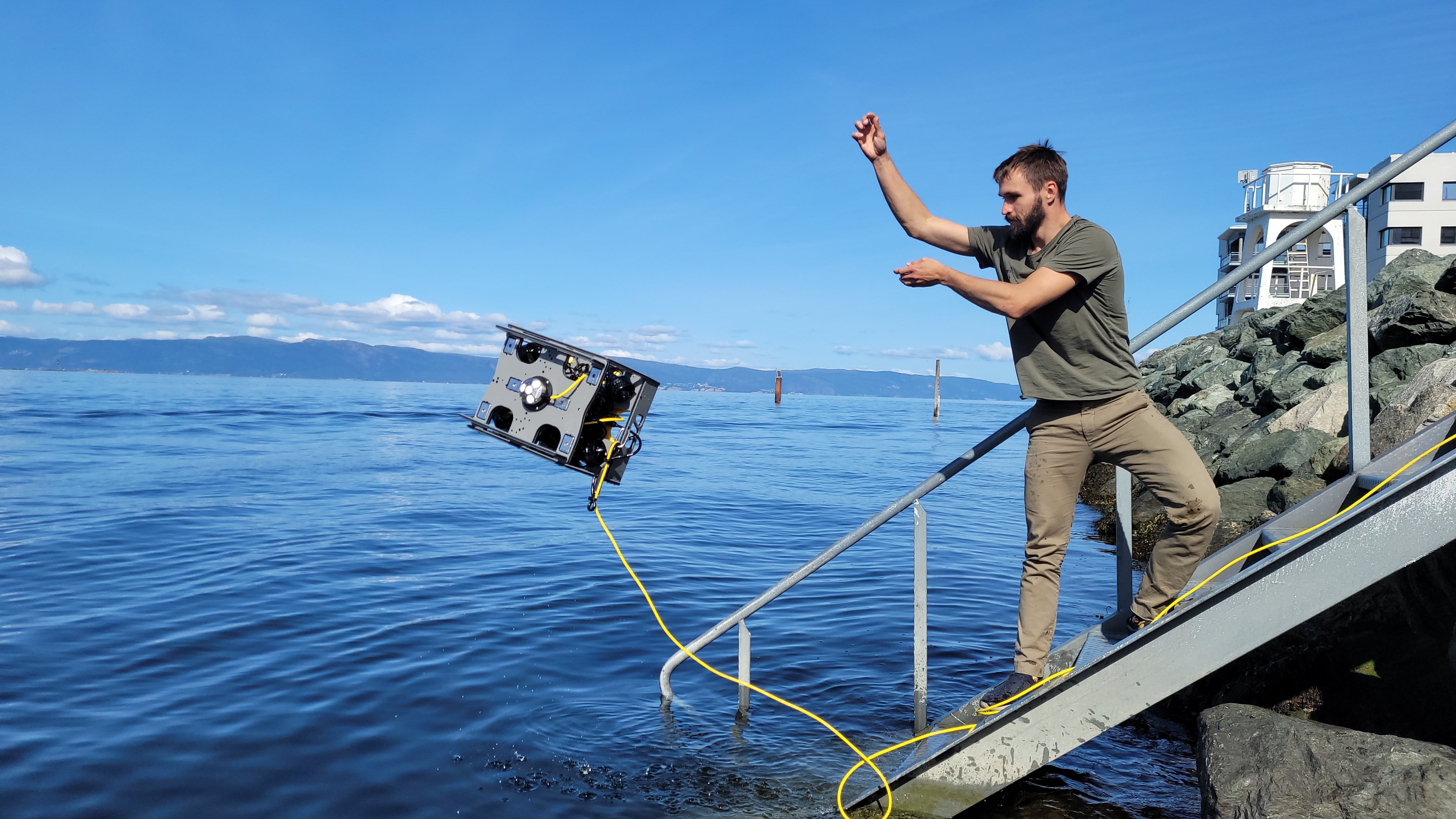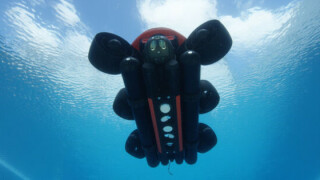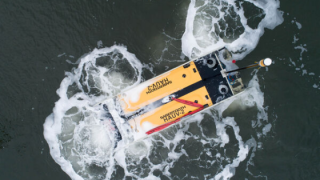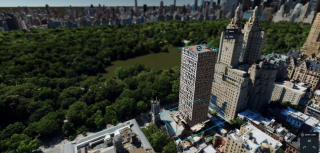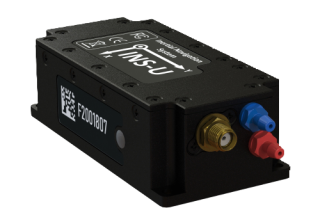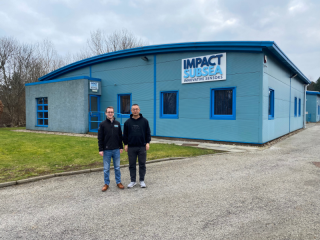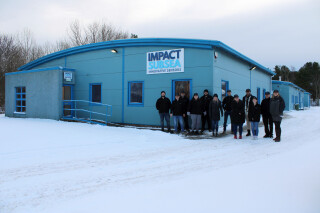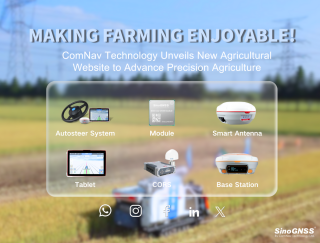
Growing Low-Cost Subsea Vehicle Market Enabled by Sensor Innovations
The development of small, low-cost subsea vehicles is facilitating commercial and research projects previously beyond the budget and capabilities of many ROV users. Getting the most out of these vehicles means relying on innovative new sensors, which is where Nortek’s new Nucleus1000 comes in.
The subsea vehicle market is no longer limited to companies and institutions with deep pockets and highly specialized expertise. There is a new subsea community using small, low-cost and easy-to-operate ROVs and AUVs thanks to advances in subsea technology.
Right-priced, compact subsea navigation sensor for lower-cost vehicles
For these vehicles to maximize their usefulness, the vehicle pilot or operator needs to know where the vehicle is throughout the operation. Once it arrives on location, the operator must make use of sensor-aided vehicle control to manoeuvre the vehicle and perform a task. This need is exemplified when using ROVs to inspect fish farms, maintaining navigational consistency for offshore subsea survey vehicles, or deploying ROVs to perform a visual inspection of a wind turbine in high currents. Both of these operational requirements, navigation and vehicle control, require a suite of sensors to understand where and how the vehicle is moving. The challenge is composing this suite of sensors in a form factor small enough for the space available and keeping costs low enough to fit in an overall mission budget. A Doppler velocity log (DVL) is a critical component of a subsea vehicle used to provide accurate navigation, station keeping and altitude measurements. Historically, low-cost small ROVs and AUVs have not been equipped with a DVL due to the prohibitive cost, size and complex integration requirements. “Low-cost vehicle operators are not looking for the survey-grade DVLs Nortek traditionally has offered. What they want is something that makes their life a lot easier – a device with all the functionality they are familiar with, but at a size and cost that is complementary to the vehicle,” says Torstein Pedersen, Product Manager – DVL at Nortek. “If one digs a little deeper, the desire is for a complete sensor package that saves cost and time for system integrators, who often have to integrate, test and calibrate several sensors, and this is something we have been thinking about for some time,” he adds. A smaller and more affordable DVL comes with compromises: reducing the size of a DVL while keeping costs low generally means it will have lower accuracy than a larger sensor of the same frequency. However, many small low-cost vehicles don’t require the same level of accuracy provided by a survey-grade DVL to benefit from increased navigation and control abilities. “Users want to have something that is small, in their price class – and the performance has to be proven and sufficient for their needs,” Pedersen says.
Subsea navigation sensors need to offer ease of use for a broad range of users
Ease of use is an increasingly important part of the package. The expanding ubiquity and usefulness of smaller subsea vehicles mean more people from a broader range of backgrounds are involved in underwater robotics, emphasizing the importance of user-friendliness to users of all experience levels. Vehicle and sensor manufacturers are therefore focusing on this in their product development. Enabling small and affordable vehicles to perform crucial and often complicated tasks via sensor integration opens doors for many coastal operations. Users of all experience levels would be able to perform tasks such as station keeping, operating at a constant depth, or navigating to a site in areas of unpredictable current or complex seabed topography. “We can imagine that, in the future, many coastal facilities or vessels will have a small vehicle that any of the personnel or crew would have the ability to launch and use to conduct an inspection,” says Pedersen.
Providing a subsea navigation sensor suite in an ultra-compact instrument
Sensors need to be integrated into the vehicle, calibrated and synchronized to provide useful navigation and positioning data. In many cases, the job of integrating the altimeter, attitude and heading reference system (AHRS), pressure sensors and temperature sensors will be that of the vehicle manufacturer before the vehicle meets its end user.
To alleviate the difficulties vehicle manufacturers face associated with this multi-sensor integration, Nortek offers the Nucleus1000, a three-transducer 1 MHz DVL with integrated AHRS, pressure and temperature sensors. The Nucleus1000 provides a suite of sensors for control and navigation in a compact instrument that weighs just under 300 g in water and measures 90 mm in diameter by 42 mm in height – about the size of a standard can of tuna. The small instrument is rated to 300m depth and performs with low power consumption.
The Nucleus1000 is unique in having all the sensors necessary for navigation and control in an ultra-compact package. The temperature sensor together with an estimate of salinity is necessary for the DVL’s accuracy by estimating the speed of sound in water. The vehicle’s position in the water column is provided through the pressure sensor (depth), along with a dedicated altimeter – a vertically oriented transducer that provides altitude estimates directly below the vehicle. The Nucleus1000 incorporates a high-grade MEMS-Magnetometer AHRS for direction and information on how the vehicle is tilting.
The sensor also offers water tracking to maintain DVL capability when the bottom is out of range. It can be used for current profiling using alternate pings, an important feature when conditions are potentially dangerous for divers or for ROV deployment.
The Nucleus1000 is offered with two levels of accuracy. One is export-license-free with around 1 percent accuracy – sufficient for a wide range of tasks. If the user needs greater accuracy for higher-grade applications, there is also a 0.3 percent accuracy option (which is export controlled).
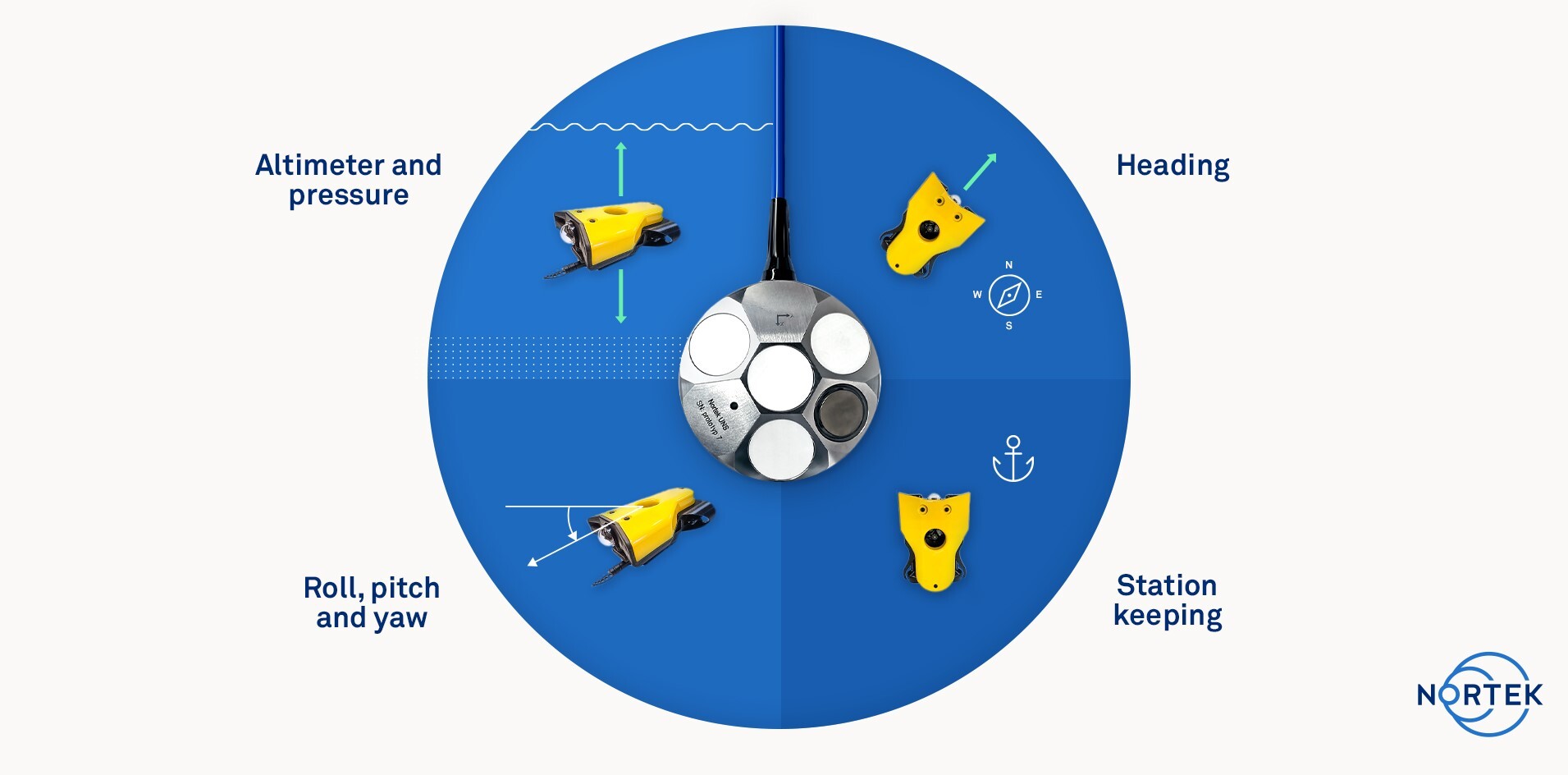
The Nucleus1000 is a compact and integrated subsea navigation package that synchronizes all the necessary sensors required for vehicle control of small subsea vehicles. Pre-calibration and alignment of multiple sensors save users time and money while opening doors for new, less experienced subsea vehicle operators. The rapidly expanding subsea robotics industry will need to rely on instruments like the Nucleus1000 - an affordable, compact and streamlined sensor ideal for integration on small vehicles. As the core of your vehicle’s navigation system, the compact and lightweight Nucleus1000 enables users of even the smallest subsea vehicles to control and navigate them efficiently and effectively.
Do you have questions about this article?
Get in touch with Nortek, and they would be happy to answer any questions you have about pricing, suitability, availability, specs, etc.
Related articles
